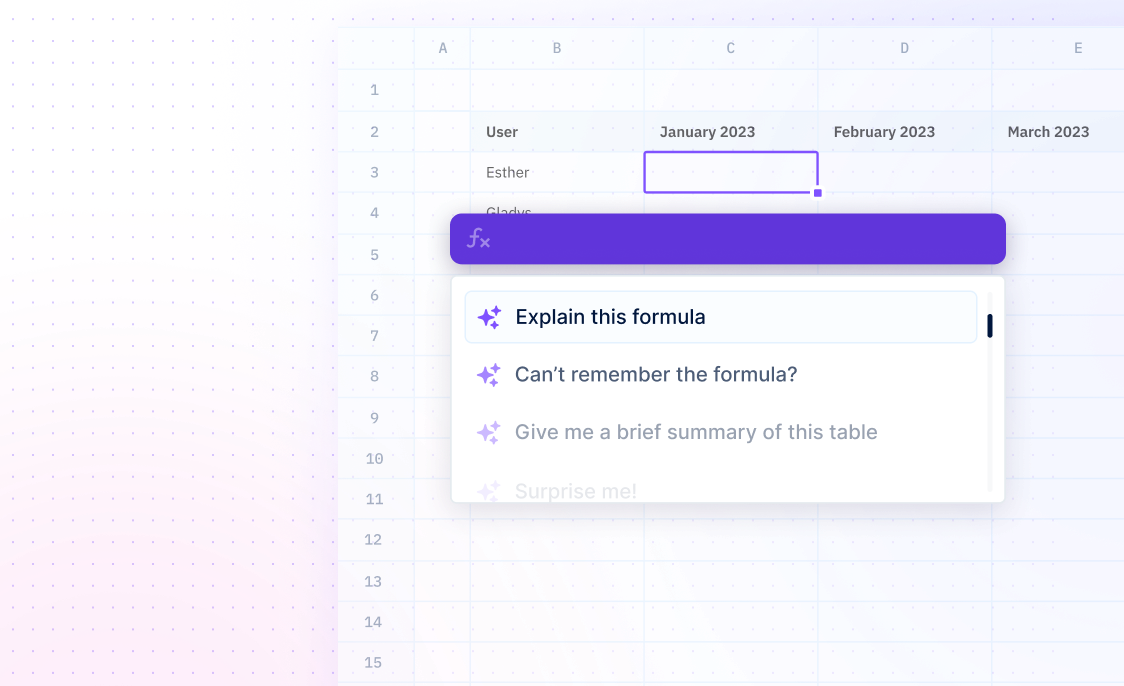
VAR
Formulas / VARCalculate the variation of a sample of data.
=VAR(number1, [number2],...)
- number1 - required argument
- number2, ... - [OPTIONAL] additional number arguments
Examples
=VAR(C5:C10)The VAR function is used to calculate the variance of a dataset. Variance is a measure of how far a set of numbers is spread out. For example, if you have a dataset of 10 numbers in the range C5:C10, you can use the VAR function to calculate the variance of the dataset.
=VAR(D2:D13)The VAR function can also be used to calculate the variance for data that has been collected over time. For example, if you have collected sales data for the last 12 months, you can use the VAR function to calculate the variance of the data. The syntax of the VAR function in this instance would be the same as above, where D2:D13 is the range of cells containing the data.
=VAR(C2:C10)The VAR function can also be used to calculate the variance of a dataset that includes both numeric and text values. For example, if you have a dataset in the range C2:C10 that includes both numeric and text values, you can use the VAR function to calculate the variance of the dataset.
=VAR(C2:C10)The VAR function can also be used to calculate the variance of a dataset that includes dates. For example, if you have a dataset in the range C2:C10 that includes dates, you can use the VAR function to calculate the variance of the dataset.
Summary
The VAR function is used to calculate a sample variance and can include logical values, text, and error values in the arguments. It may be replaced with new functions that offer improved accuracy and better names.
- VAR and VAR.S are variations of the Sourcetable function that estimates the variance of a population based on a sample. VAR.P is the same as VAR.S but ignores text and logical values in cell references.
- VAR, VAR.S, and VAR.P all ignore empty cells and hardcoded values.


